A clothes drawer organizer is a practical tool for keeping garments such as socks, undergarments, or folded shirts neatly separated inside drawers. Since it is used daily, verifying its quality is important to ensure long-lasting performance and convenience. The step is to examine the material. Organizers made from sturdy fabric, reinforced plastic, or wood are generally more reliable than those made from thin or flimsy materials. High-quality stitching, smooth edges, and firm dividers are signs that the organizer can withstand regular use without tearing or bending.
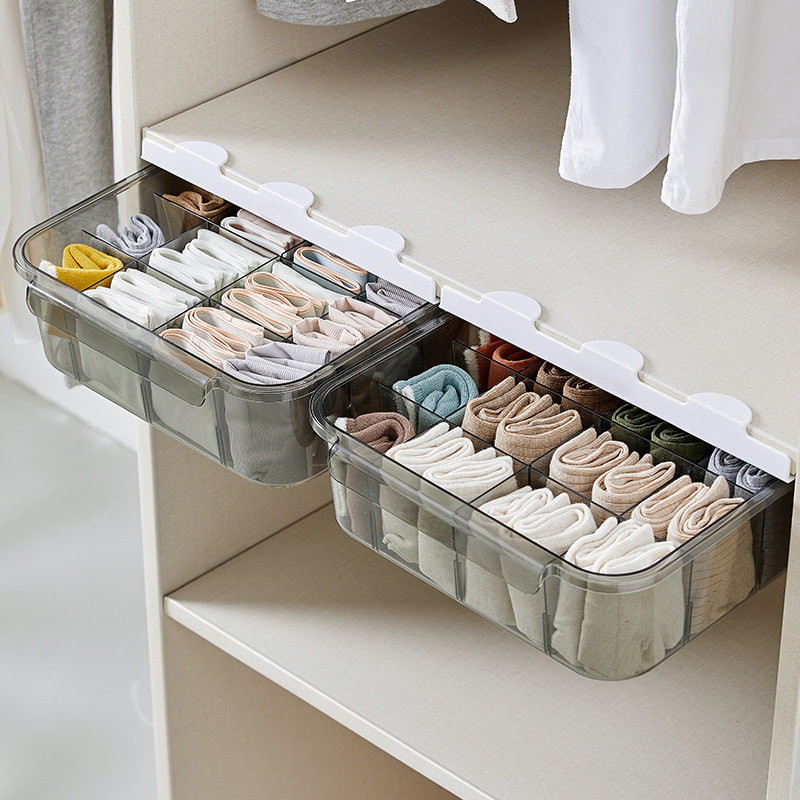
Next, attention should be given to the design and construction. A well-made clothes drawer organizer will have compartments that hold their shape even when empty. If the dividers collapse easily, the organizer may fail to serve its purpose. Zippers, hooks, or Velcro closures should function smoothly, and foldable models should assemble and disassemble without difficulty. Checking these small details helps determine whether the product is convenient to use over time.
Another important factor is stability when placed inside the drawer. An organizer that slides or shifts around may cause items to become disordered. Some models include non-slip bases, which add to their quality. Finally, it is useful to consider maintenance. A clothes drawer organizer that is washable, wipeable, or resistant to dust ensures better hygiene and easier care. By looking at materials, construction, stability, and maintenance, households can confidently verify the quality of a clothes drawer organizer before purchase or use.
Required Qualifications for Small Clothing Storage Boxes
Small clothing storage boxes are useful for organizing garments that do not fit into drawers or wardrobes. To serve their purpose effectively, they should meet certain qualifications. One key requirement is durability. The box should be strong enough to hold folded clothes without sagging or losing its shape. Materials such as sturdy plastic, thick fabric, or wood-based panels are commonly used to achieve this durability. Reinforced edges or double stitching add extra support, making the box more reliable for long-term use.
Size and capacity are also essential qualifications. A storage box should be proportionate to the available space in a room or closet while offering enough room to store multiple pieces of clothing. Stackable designs are useful for households with limited space, as they allow vertical storage without causing clutter. Handles or lightweight structures make them easier to move, which adds to their practicality.
Ventilation is another important consideration. Small clothing storage boxes that include breathable fabric panels or lids with small openings help prevent moisture buildup and unpleasant odors. At the same time, they should still protect clothes from dust. For long-term storage, boxes with lids are more suitable, while open-top designs may work better for frequently used items.
A final qualification is ease of maintenance. Boxes should be simple to clean, whether by wiping or washing, to ensure that garments remain fresh and hygienic. When small clothing storage boxes meet these qualifications—durability, suitable size, ventilation, and ease of care—they become reliable household tools that keep clothes well organized and in good condition.

 English
English 中文简体
中文简体


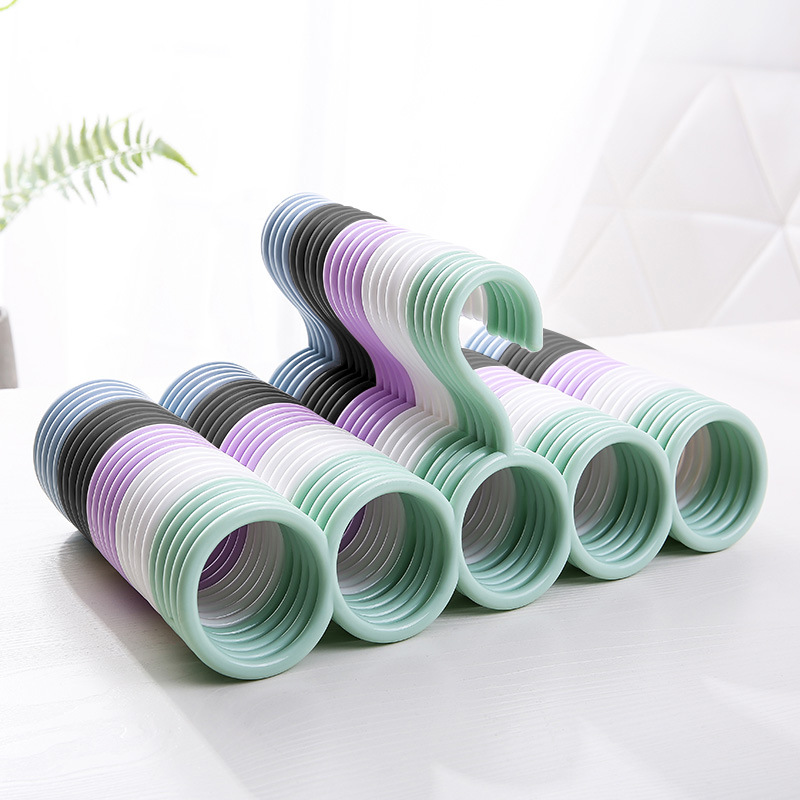
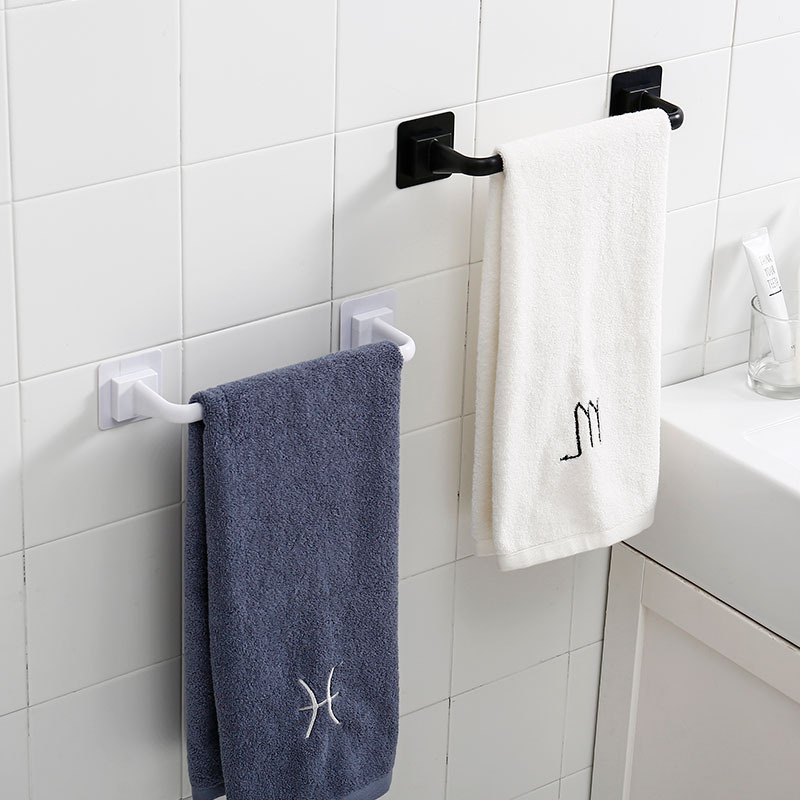
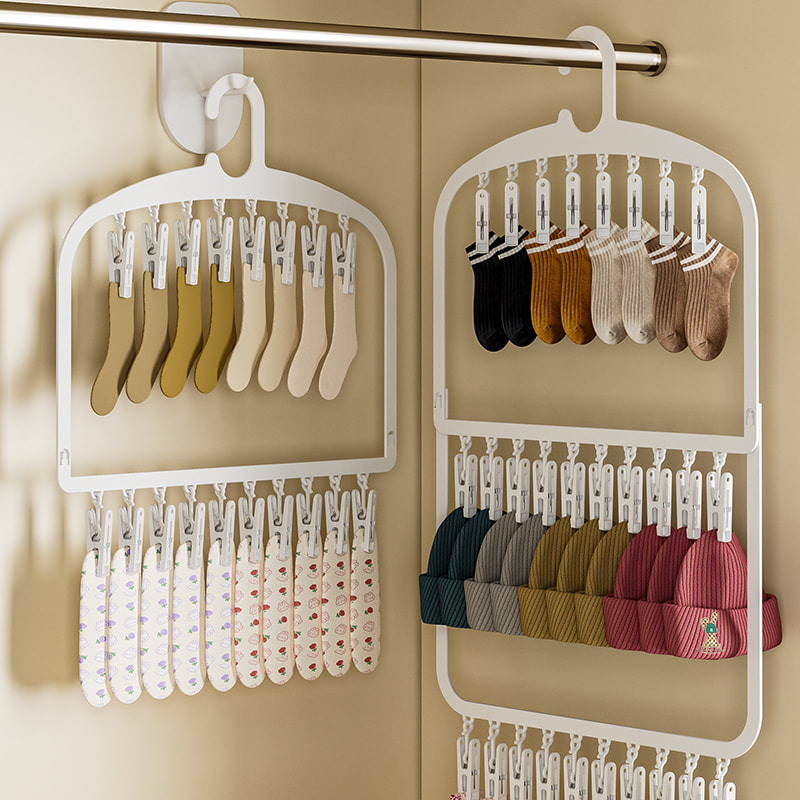
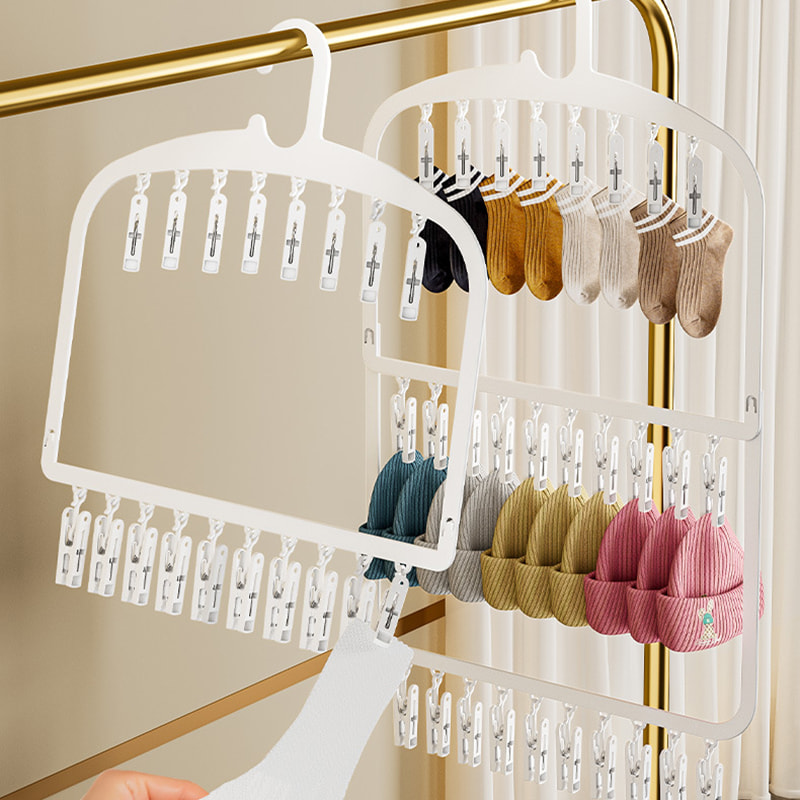
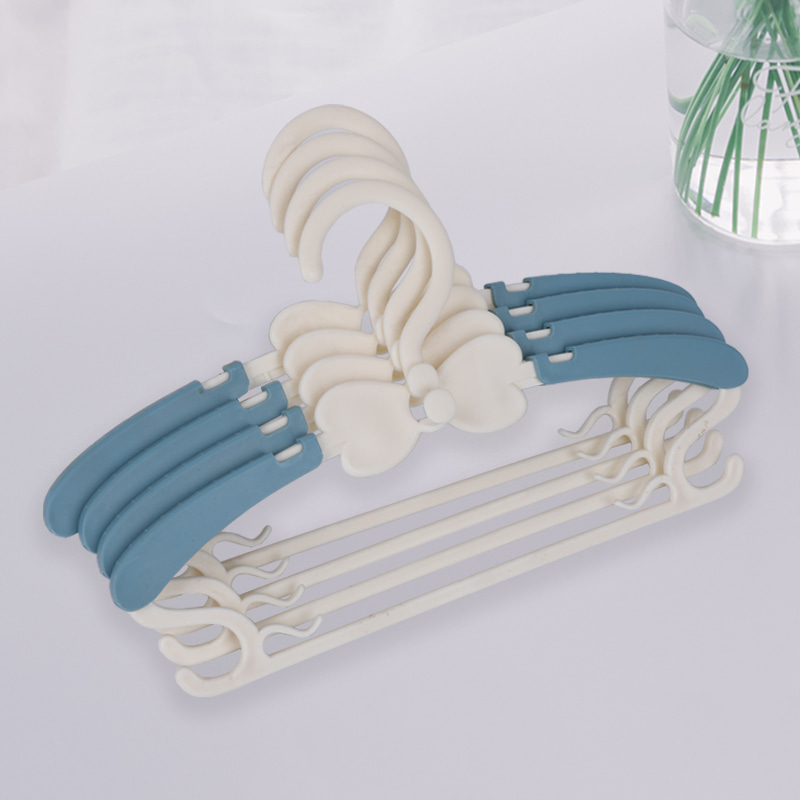
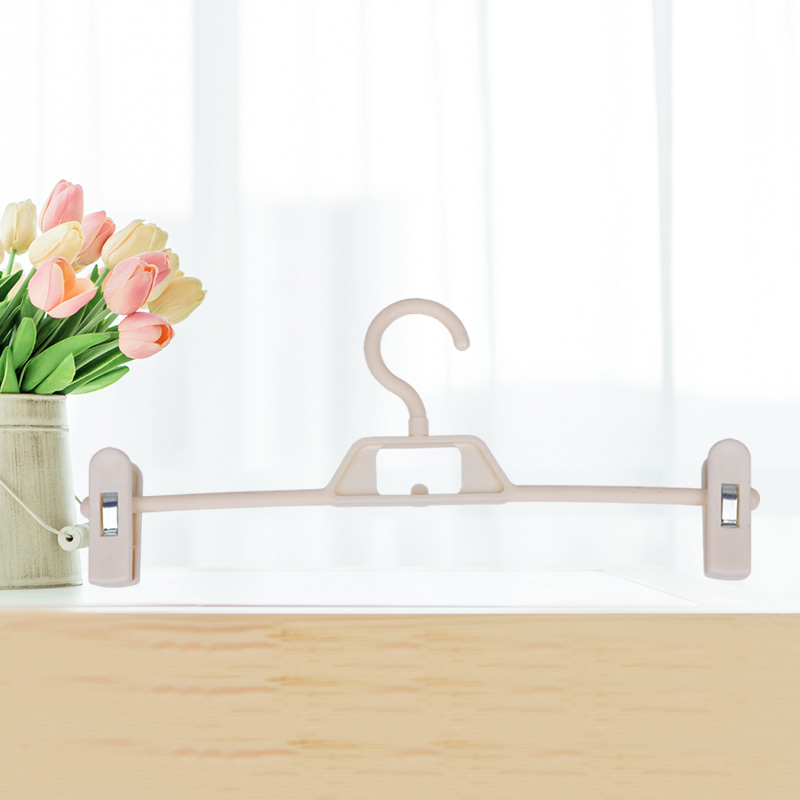
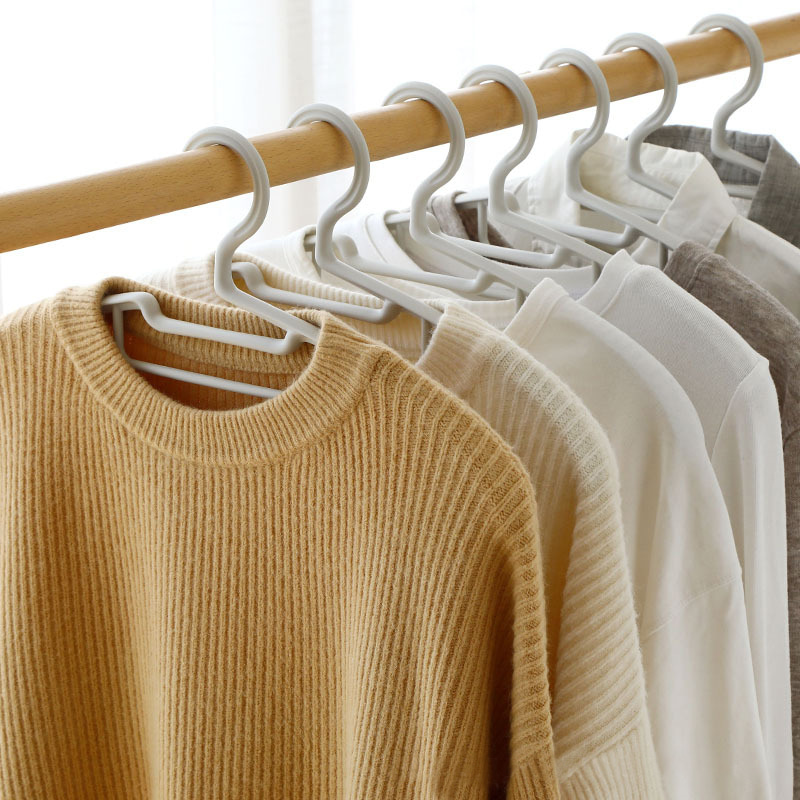
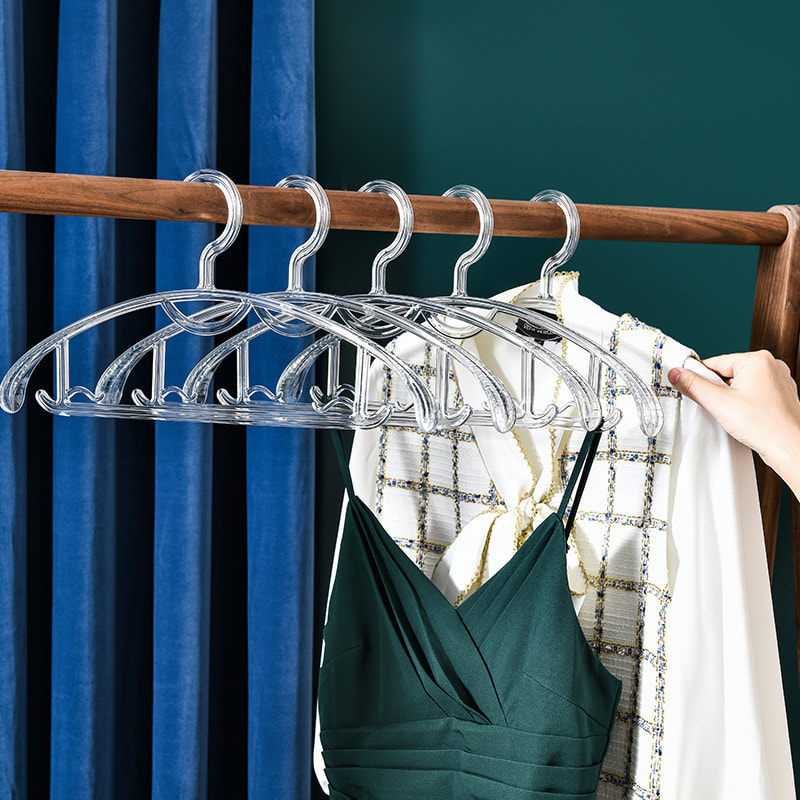
 Phone
Phone
 Email
Email